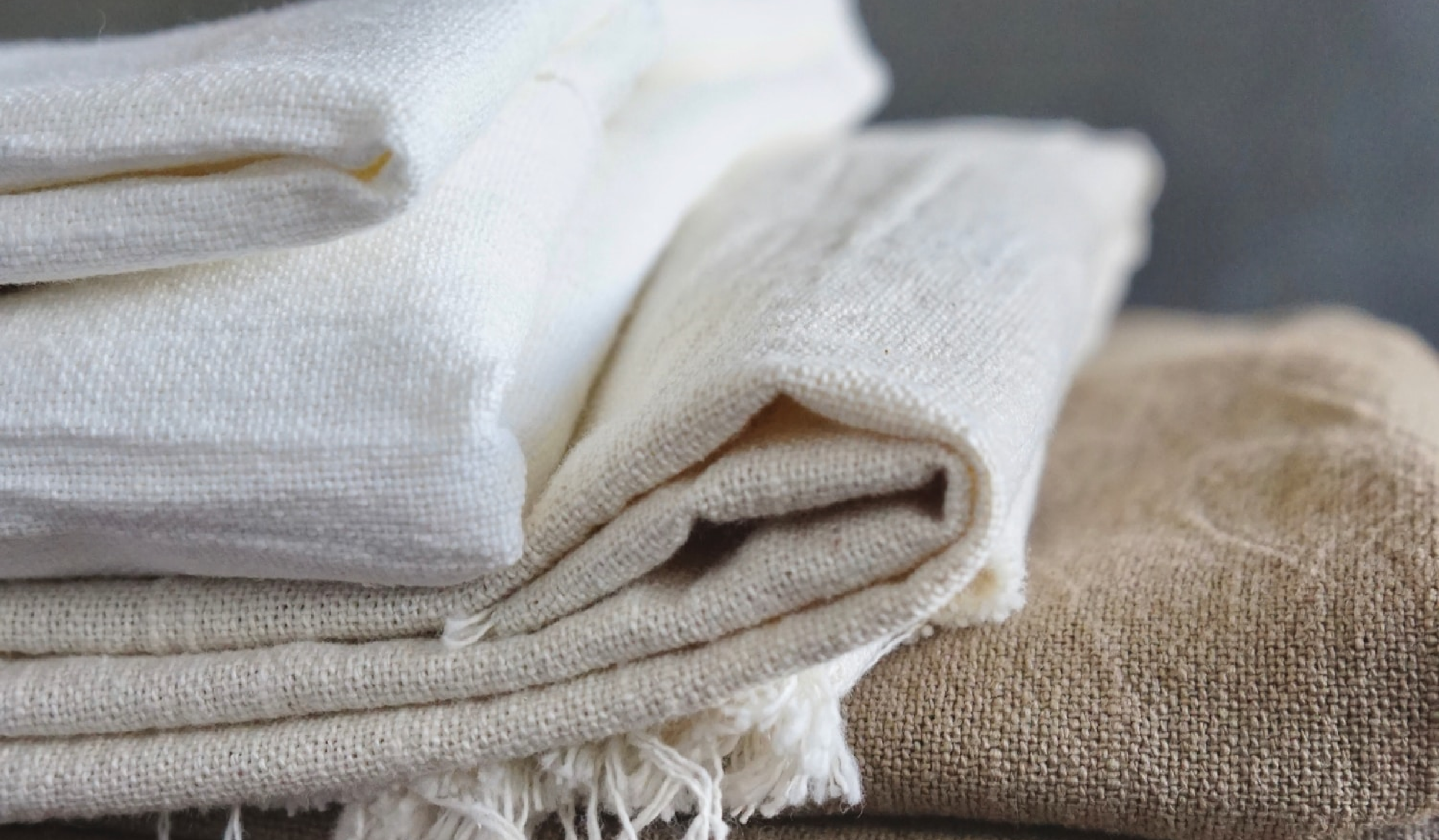The selection of the fabric when designing textile products is essential to define the environmental impact that the article will have. As a responsible fashion designer, it will be essential to learn to identify the criteria to be taken into account to assess the level of suitability of one fabric versus another in a garment. From recognizing the relevance of the selection of materials in your designs to the tool that will help you discover their impact, in this article we delve into the keys that you must assess when selecting fabrics with good sustainable performance.
Eco-design will always underline the relevance of a good selection of materials to obtain a product with the least environmental impact
It’s estimated that around 80% of the impact of the garment is decided in the design phase. If we consult the 7 basic principles for designing functional, attractive and sustainable fashion products, eco-design will always underline the relevance of a good selection of materials to obtain a product with the least environmental impact. Therefore, the methodology to choose the most sustainable fabrics for your articles involves evaluating the ecological footprint of the available options throughout their life cycle.
If our integrative vision of sustainability has taught us anything, it’s that at each stage of the life cycle of a garment there are multiple impacts to take into account. For this reason, at BCOME we rely on the Life Cycle Assessment as the primary tool for comprehensively quantifying the current and potential environmental impact of a fabric, from the extraction of raw materials to the finishing of the fabric.
Thanks to the metrics, data and impact indicators calculated from an LCA, as a product manager you can have at your disposal the negative or positive impacts of a fabric in order to implement responsible solutions that optimize the design of your products.
Having this information is of great value to improve the efficiency of production processes and guarantee the reduction of the environmental impact of the final product. With this objective, at BCOME we’re polishing the details to launch our Stage Comparator. An independent tool based on LCA that will allow our brave brands to quickly and easily compare the environmental footprint of two different scenarios for each of the stages of their supply chain, including of course the selection of fabrics.
With this tool, our customers will be able to compare in a few simple steps the water consumption, the volume of CO2 emissions, the level of eutrophication and the consumption of fossil resources of one material versus another. If you are curious to know how this tool can make your work easier, we will be happy to show it to you.
Instead of trying to choose the most sustainable material among all the options, a practical decision would be to compare similar fibers
Getting this information establishes a starting point for the selection of the most sustainable fabrics. However, given the variety of environmental indicators, a practical decision would be to compare similar fibers with each other. That is, using LCA to decide which type of cotton to choose, instead of trying to choose the most sustainable material among all the options. In this way, two fabrics will be assessed under equal conditions and whose later stages of the life cycle are similar.
In this sense, we offer you three keys so that you define in a clear and direct way what are the criteria that will determine your final selection of materials:
- Analyze what the garment will be used for and what environmental issues are of greatest concern to your business. For example, perhaps we are talking about a sports garment that will be washed frequently and you want to compensate for the water consumption. In that case, it will be interesting to choose a fabric with a lower water footprint.
This is the case of Infinite Athletic, which uses recycled polyester from tennis racket strings in its garments. This allows them to save more than 60% their water consumption compared to the use of conventional materials.
- Decide what the fabric features should be to get the best product performance. Perhaps it’s a summer garment that should be breathable. Both cotton and organic cotton fulfill this feature, however, choosing organic cotton will considerably reduce the environmental impact compared to regular cotton.
This choice has been carried out by Alter Made, selecting organic fiber for those articles whose features required a material such as cotton. In this particular garment, more than 90% of water consumption has been saved.
- Find alternatives with similar performance to conventional fabrics. Perhaps you are looking for a light, soft-touch fabric that is suitable for fresh and comfortable designs. Instead of opting for a viscose, which is a material that is usually produced using intensive chemical processes, you can consider a more sustainable alternative such as tencel.
This is what Thinking MU does, for example. Their lighter designs are made from tencel fibers that are derived from sustainable European wood sources. Getting to save more than 30% its level of eutrophication compared to conventional practices.
If you want to know more about what fabrics you can use in your next collections, we encourage you to discover our recently published material guide. A journey through the most popular raw materials used in the fashion industry. Discover in this guide everything you need to know about the most common fibers and the qualities of each of them to start making more sustainable decisions.
At BCOME we walk with you from the beginning of your sustainable transformation. Deciding which fabrics you will use in your next collections is a very important choice that will have a great impact on the entire sustainability strategy of your business. We want to put at your disposal the tools you need so that you can use more responsible fabrics without giving up pampering the aesthetics of your designs. Shall we talk?






